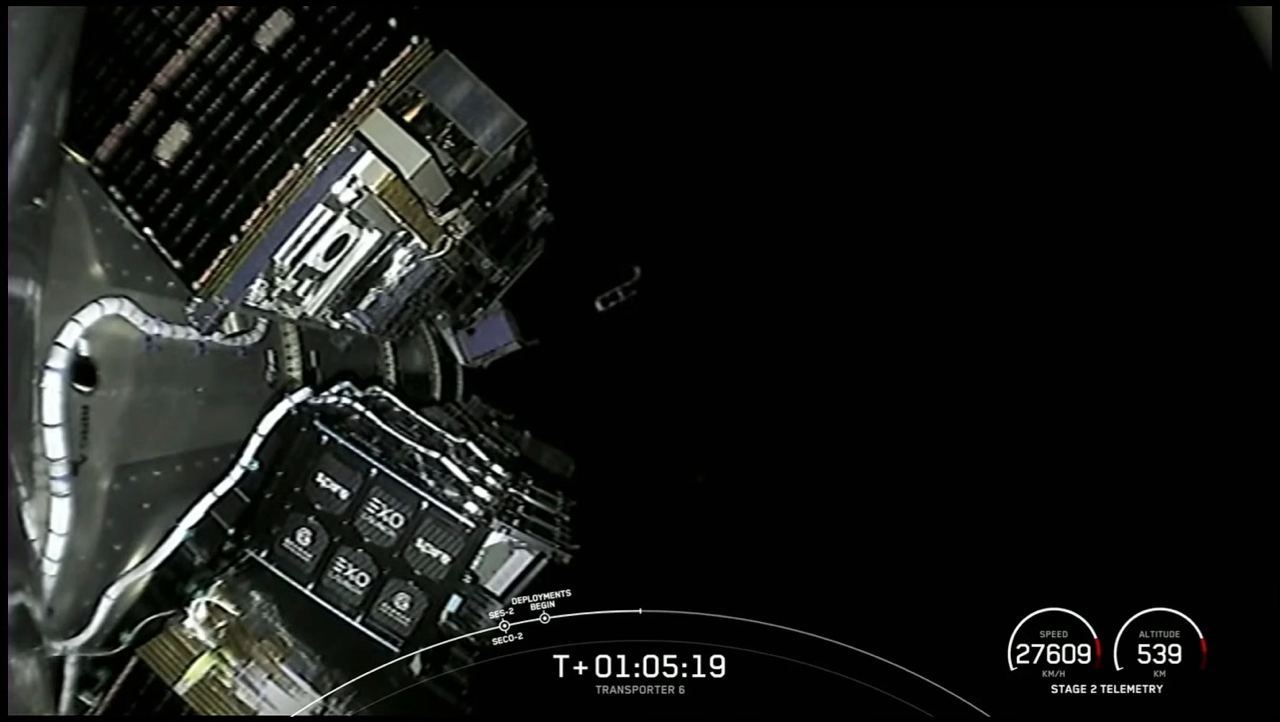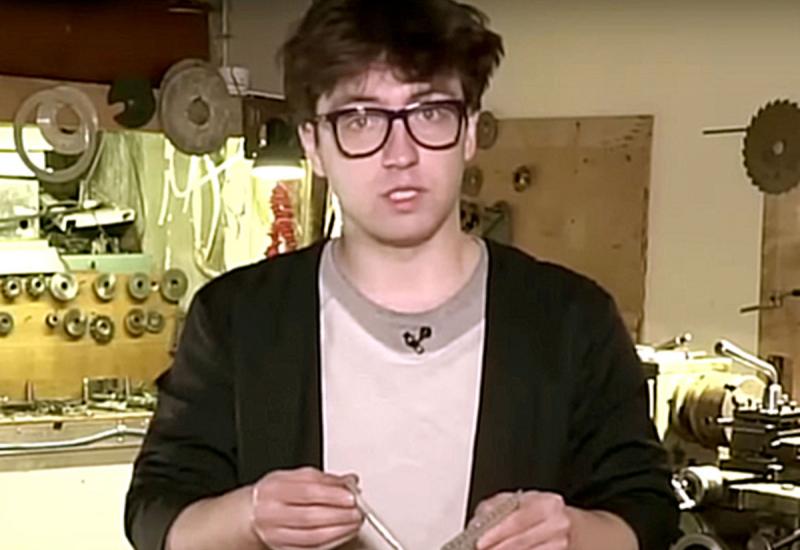Our newspaper wrote about the launch of the nanosatellite PolyITAN-NR-30, created by a group of scientists, students and postgraduate students of the Igor Sikorsky Kyiv Polytechnic Institute, in the first issue for 2023. Now we are starting to publish a series of interviews with young researchers who developed, manufactured and prepared the PolyITAN-NR-30 nanosatellite for space launch within the scientific body under the leadership of Boris Rassamakin.
Today's interlocutor is Roman Melnyk, a postgraduate student of the Educational and Research Institute of Nuclear and Thermal Energy.
- When did you join the team working on "PolyITAN-HP-30"?
- I have been working in the heat pipes and satellite technologies laboratory since 2013, that is, since the third year of my studentship . And in 2016, I started working in Boris Rassamakin’s group. At first, I did not deal with the satellite itself, but helped in thermal vacuum studies of various elements of space technology using a thermal vacuum chamber. At the same time, I developed various heat pipes for thermal stabilisation systems. And about a year and a half ago, my colleague, postgraduate student Leonid Lipnytskyi, and I were offered to work on the development of a heat pipe for space research on the basis of the PolyITAN-NR-30 nanosatellite.
- And your main task became...
- Development of an experimental sample of a miniature aluminium heat pipe to investigate its parameters in outer space conditions. In addition, an important task was to investigate the operation life of such heat transfer systems. In our case, these were heat pipes. It was important to find out how long they could function in an aggressive space environment. The ultimate goal was to obtain the results and use them to determine the heat pipe efficiency in space. I would like to note that we will compare the obtained data with the results obtained in the laboratory, where some space conditions were simulated. Although, the simulation on Earth is significantly different from what happens in outer space. Therefore, we hope to determine how much - worse or better - similar systems work in space, and then, taking into account our data, develop the following systems to improve the efficiency of electronic elements thermal stabilisation in future vehicles. Which, in the end, will increase the reliability of space vehicles functioning and extend their service life.
- I wonder how exactly this miniature heat pipe was created?
- Research supervisor Boris Rassamakin gave a postgraduate student Leonid Lipnytskyi and me certain parameters that the heat pipe should meet in the technical assignment. Based on this, we determined the type of heat transfer fluid and grooves that should be in the pipe. An L-shape was chosen for the heat pipe, taking into account the satellite internal structure. In addition, a radiator was created, with the help of which heat would be given up into outer space. We manufactured it in the laboratory workshop. After manufacturing of the pipe, ground research was conducted in conditions close to space, vibration tests, pressure leak tests, etc. And after that, another part of the team was engaged in arranging the placement of the pipe in the satellite.
– How are the parameters obtained from the satellite?
– The electronics of the satellite were developed taking into account the heat pipe experiment. That is, we have temperature sensors on the pipe, which are connected to the electronic filing physically and with software. During the telemetry, we will receive the temperature values along the pipe together with the data array from the satellite. In addition, we plan the experiment in advance, that is, the time of heat supply, the heat flow value, the mini-heat pipe operation period and temperature records in the experiment data archive, we determine which parameters and in what sequence to register and some other points. We take into account in which part of the orbit and in which direction the satellite will be turned to the Sun, to the Earth. All initial parameters are calculated in advance, tracked, and then, during the telemetry sessions, all this will be transmitted in the form of a code to the satellite, which will autonomously work out the experimental program. After recording the results in the nanosatellite archive (flash memory), these data are returned to us in the form of telemetric data. It is deciphered, we process the data using standard and specially developed methods of experimental research of heat pipes. And it will happen in the format that we will need.
- How did you work as a team? Were you all together in one room?
- No, not like that. Work on the satellite is divided into blocks of specific tasks. Each person deals with these blocks separately. For example, Leonid Lipnytskyi and I developed a mini heat pipe, while others performed their tasks. Of course, we had communication and exchanged data, met every two weeks and discussed issues that arose during work, and determined tasks for the next 2-3 weeks.

- And what are your plans for the future? New satellites are being prepared for launch. Are you involved in these projects?
- Regarding the first question, I would like to expand the range of using my knowledge not only on space vehicles, but also, possibly, on rocket carriers. And I would like to delve into the space theme in general even more. As for the second, I will probably be involved in the following projects. Each satellite undergoes certain testing, without which the device is not allowed to launch. These are thermal vacuum studies, vibration tests and much more. Usually, they last quite a long time, and I may be involved in the process, because I have already done it.
- Roman, you are a young person, but you have significant achievements in your work at the age of 29, you participate in the university Space Program. What could you wish or, rather, advise the current students of the Igor Sikorsky Kyiv Polytechnic Institute?
- I believe that the Igor Sikorsky Kyiv Polytechnic Institute as a university copes well with its task. It gives access to knowledge, provides a number of opportunities. But whether you will make an opening does not depend on the university. The university gave me certain opportunities, and today I have seized them to some extent.
- You are engaged in scientific work, which requires a lot of time. Besides work, do you have any other hobbies?
- I am lucky because I am fond of my job. I have such a harmonious combination: work and work-hobby. And as a hobby, I research other areas of science and technology.

Stunning Details of the PolyITAN-HP-30 Launch
Journalists from the 1+1 TV channel interviewed Roman Melnyk, the developer of the nanosatellite, a research student of the Igor Sikorsky Kyiv Polytechnic Institute, and Vitaliy Pasichnyk, the Vice-rector of scientific affairs, for the Yedyni Novyny telethon.
Our scientists talked about the conquest of space by Kyiv polytechnicians, the role of another nanosatellite in orbit, its uniqueness, future developments and assistance with financing.

